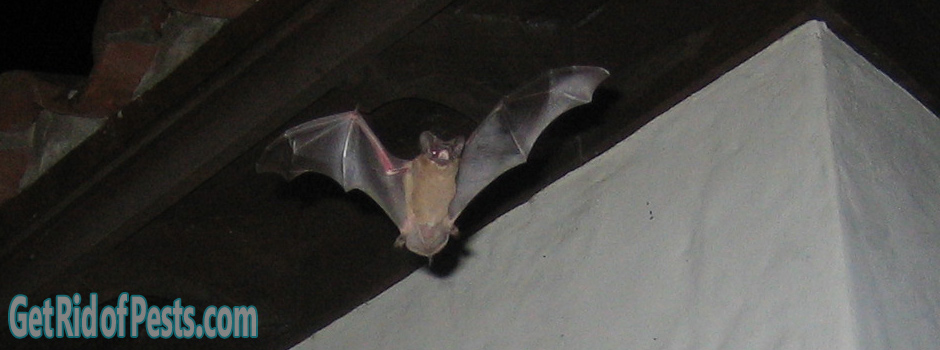Biology of the Mexican Free-tailed Bat: Appearance, Biology, Life Cycle, Habitat, Diet, Behavior

The Mexican free-tailed bat is definitely one of the most unique bats that you can come across. You should take note that this medium sized bat (tadaridabrasiliense) is also known as the Brazilian free-tail. This animal is generally regarded to be native to the entire Americas. In regard to its weight and length, the Mexican free-tailed bat averages 9cm in length and adults are an average weight of 12g. Their ears are much closer to the eyes than some other species and they have a condensed muzzle. In fact, their wrinkled upper lip gives them a unique appearance from the other bats. The wings are pretty elongated with tips that are more pointed compared to others. Most of these bats are dark brown or grayish in color.
The tadaridabrasiliense uses caves as its main roosting place, but it can also roost in old buildings, walls, trees, under bridges, and in ceilings. In many cases, these bats migrate southwards to Mexico and Central America during the winter. They like to feed on insects and hunt with the help of unmatched echolocation capabilities. For instance, in Texas the Mexican free-tailed bats will fly hundred of meters above the ground in order to feed on many types of migrating insects. This bat can live up to 8 years if their life span is not interrupted by predators like owls and snakes.
It is important to note that like many types of bats these are nocturnal, and they will begin feeding at the onset of dusk. It is known to fly at an altitude of 3300m and can travel 50km without changing course. In this case, it not only flies higher than most bats but also can prolong its flight too. Generally, the mating of these animals can be passive or active depending on the prevailing variable factors. In aggressive mating the male tends to control the female’s movements while protecting her from other males in the roosts. On the other hand, the passive mating happens when males are able to fly to the females and mate with very little resistance or restrictions.
The gestation period is about 11-12 weeks and only one young one is born at a single time. The pups are mostly born in the summer and they roost differently from the female bats. In almost all cases, they head to the upper part of caves where it’s warmer than other areas. It’s here that the mother can locate the pup amongst other thousands by unique calls she has mastered and also by scent. Generally, the females mature faster and at 9 months they are typically ready for mating.
Go back to the How to Get Rid of Bats page or email us if you have any other questions about Biology of the Mexican Free-tailed Bat: Appearance, Biology, Life Cycle, Habitat, Diet, Behavior
About Us
We are the Pest Education Network, a non-profit organization that focuses on wildlife and pest removal education. Our approach utilizes Integrated Pest Management, a strategy advocating prevention and humane methods.


